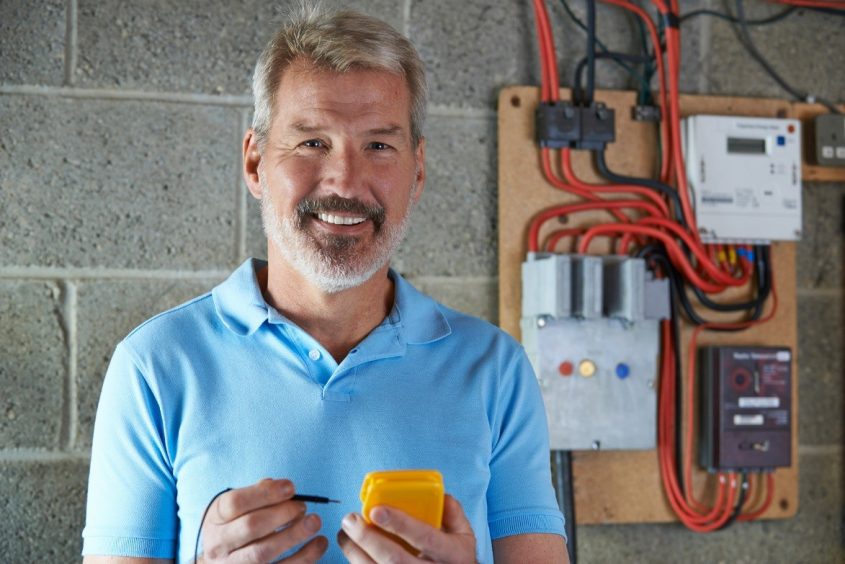A considerable number of houses built before the 1990s may not be equipped to support all the needs of today’s wired household. Without yet citing the figures, it’s easy to imagine why.
While older generations would have also used bulbs, air conditioners, refrigerators, and televisions, they were less likely to live as people today do. For example, they probably didn’t have a full set of ovens, ranges, dishwashers, washers and dryers, not to mention microwaves and coffeemakers. Televisions in several bedrooms, as well as the living room, were likely uncommon. Neither they did each household member then have a laptop or mobile phone.
How much power does an average home today need?
According to Angie’s List, older houses usually sport fuse boxes that can support 30 to 50 amps – amps being the measure of current. Today, in the 2010s, the average household can be using 25 to 50 amps at any given time. Per day, it uses a total of 100 amps. Inspect America even pegs that larger houses with centralized air conditioning need anywhere from 150 to 200.
For perspective, many lighting and small appliance circuits run on 15 or 20 amps, while major appliances like kitchen essentials use 20 to 60. The fact that modern appliances are more energy-efficient doesn’t quite offset the difference across decades!
Electricians’ advice: Fuse box upgrades
To ensure homes can carry contemporary household power loads, electricians recommend switching out older fuse boxes for circuit breaker panels. The latter is more compatible with modern needs, although fuse boxes can still be used nowadays if rated with higher amperage. Still, circuit breakers are easier to reset and don’t need to be replaced like blown fuses; they’re also useable with modern safety devices like ground fault circuit interrupters.
Another tip: Consider types of outlets
Where modern safety devices are concerned, electricians also recommend upgrading outlets. Older homes typically have two-prong outlets; current three-prong units offer better protection during electrical spikes. They would be a more compatible safeguard for any home with more power.
Sources:
How to Add More Power to Your Home. Angie’s List, July 11, 2016.
Electric Amps and Volts. Inspect America Engineering, n.d.

